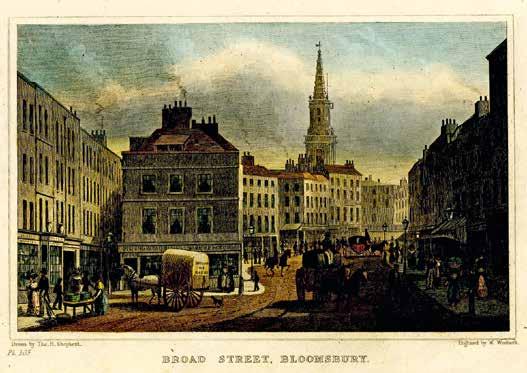
3 minute read
walking through the mists of time
from YTL Life Fall 2022
by IMV Malaysia
in search of henry viii’s first minister and anne boleyn’s nemesis.
Words by JUNE MONG-LOFTIN
Thomas Cromwell was Henry VIII’s chief minister who oversaw England’s break with Rome, the fall from grace of Anne Boleyn and the dissolution of the monasteries. What then, does Cromwell have in common with Threadneedles Hotel in present-day London?
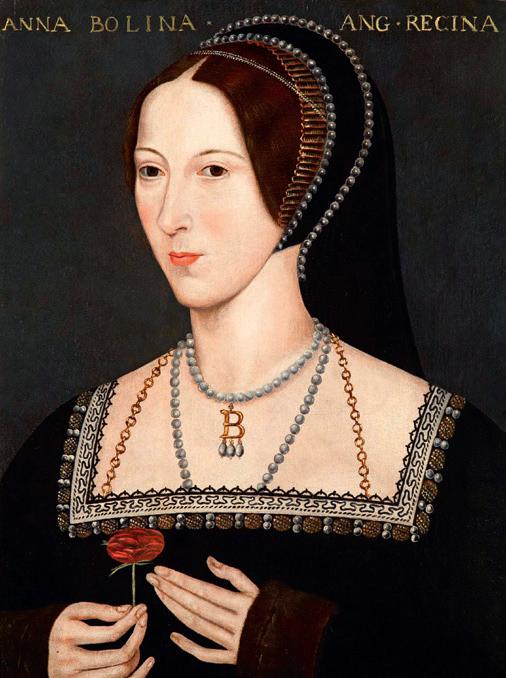
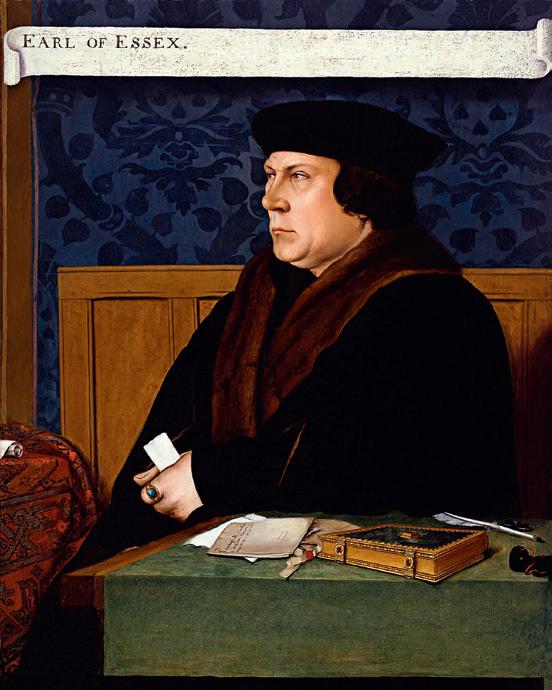
Well, quite a lot surprisingly. And it has much to do with finance, a state treasury, a smart accountant and a rags-toriches-to-spectacular-downfall story.
Let’s start with Threadneedle Street where the five-star hotel, part of the Marriott Autograph Collection of iconic hotels, is located. It’s in the historic Square Mile between Bishopsgate at its north-east end and the Bank junction in the south-west, and is one of nine streets that converge at Bank. There are a lot of financial firsts associated with Threadneedle – the street. For starters it is famed as the site of the Old Lady of Threadneedle – the nickname of the Bank of England which has been situated here since 1734. And up till 2004, so too was the London Stock Exchange.
In the 17th century, merchants and captains of ships and industry used to congregate in English coffeehouses to exchange maritime gossip. In 1744, the Baltic Exchange (a membership organisation for the maritime industry) was founded in the Virginia and Baltick Coffee House on Threadneedle Street. (In November 2016, the Singapore Exchange acquired the Baltic Exchange but it remains headquartered in London.)
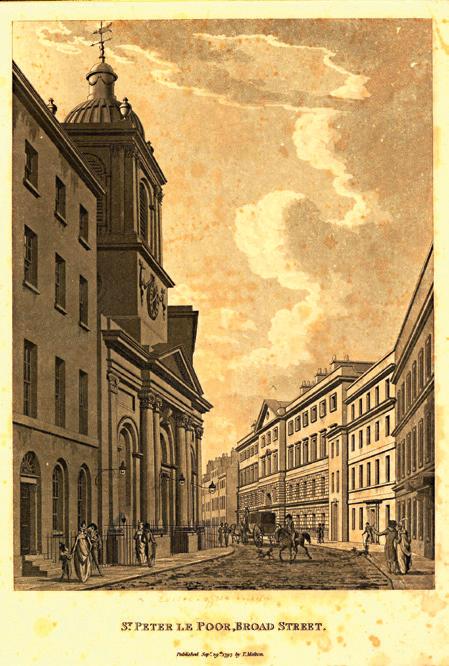
Before 1598, Threadneedle Street was part of Broad Street (now Old Broad Street). Which brings us back to Cromwell. There is little trace left of his childhood growing up poor in Putney, but the enigmatic subject of Hilary Mantel’s Man Booker Prize-winning novel Wolf Hall, we are told, escaped his boyhood by running off and settling first in France, then Italy and the Netherlands. He was a sailor’s help, an errand boy, a soldier, a trader and finally an accountant for a Florentine bank. When he eventually returned to England he was a self-made man. His talent as a fixer and a shrewd but discreet agent attracted the attention of Cardinal Wolsey and Henry the VIII.
The first half of Wolf Hall describes Cromwell setting up his home in the north of the City of London in a tenement belonging to the religious order of the Augustine Friars. The main gate of Cromwell’s residence, Austin Friars, was on the junction of Throgmorton Street and Board Street. In the 1520s, it was the largest and most palatial private house in the City, and Cromwell favoured the neighbourhood as it was popular with Italian and German merchants.
Historians believe that Cromwell, as Henry VIII’s First Minister, orchestrated the fall of Boleyn who was queen for three years before she was executed in May 1536. It is said that Cromwell ordered a swordsman, instead of an axewielding executioner, as a final gesture to her status. But by late July 1540, the tide had turned against Cromwell. Henry VIII was about to marry his fifth wife, Catherine Howard, and Cromwell was to be beheaded as a traitor and heretic. It was said that as soon as Cromwell was arrested, his possessions were confiscated by Henry VIII to pay off the family of his fourth wife, Anne of Cleves, when he annulled their marriage after six months.
Although Cromwell’s house no longer stands on Broad Street, it witnessed one man’s rise to greatness as well as his dramatic fall. Within the walls of Austin Friars, debates took place that changed the course of English history and the English Reformation was championed. Could the plot to bring down Boleyn have started there as well?
If not a man for all seasons, Cromwell of the City of London is surely the man for his season.
One hotel, and a double beheading? This is how a fivestar stay at Threadneedles Hotel can throw up enigmatic and surprising stories to enrich your London sightseeing experience. Cromwell would have certainly appreciated the heritage of the hotel built 300 years after his death – it was formerly the head office of the London, City and Midland Bank and is the City’s oldest surviving premises of a jointstock bank.

Recommended Restaurants Nearby
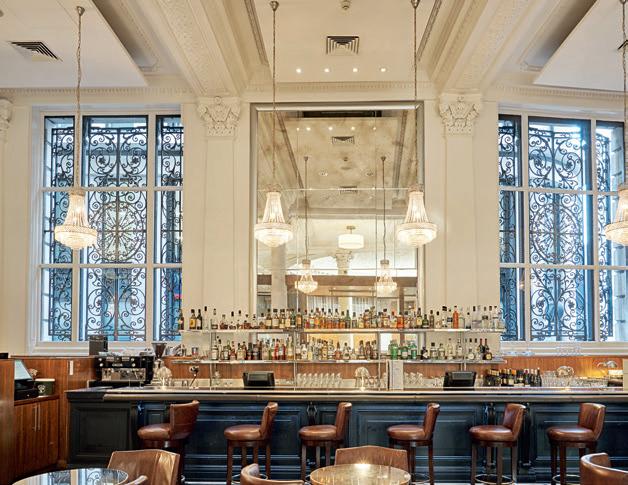
• A chic Cantonese dim sum teahouse in the City with French petits gateaux for dessert – Yauatcha City, Broadgate Circle, London EC2M 2QS, Monday to Wednesday noon to 10pm; Thursday to Saturday 12.30pm to 10.30pm, closed Sunday yauatcha.com/city
• Seasonal contemporary Indian cuisine with a cocktail bar for aperitifs – Mint Leaf Lounge, 12 Angel Court, Lothbury, Bank, London EC2R 7HB, Tuesday to Friday noon to 3pm, 5.30pm to 11pm; Saturday and Sunday 5.30pm to 11pm www.mintleaflondon.com/city










